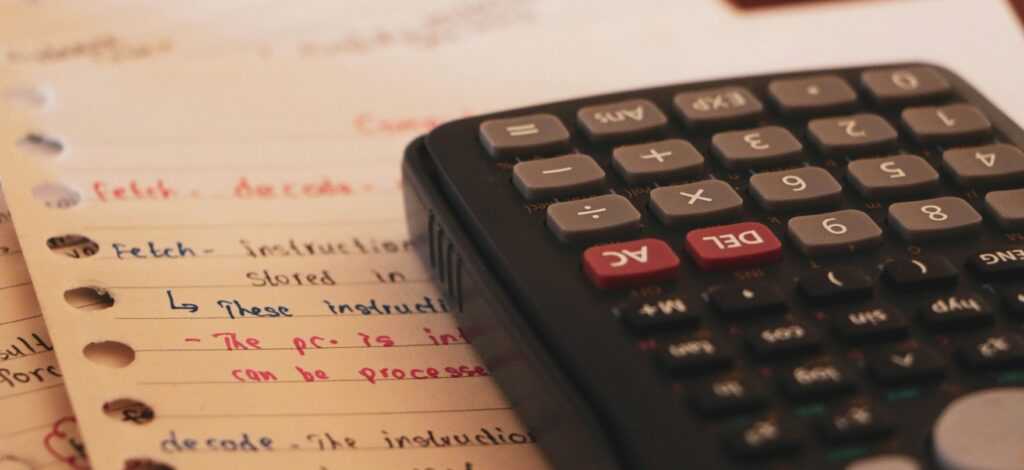Entering the world of gambling can be both thrilling and overwhelming for beginners. Understanding the basics of gambling odds is key to making informed decisions and maximizing your chances of winning. In this beginner’s guide, I’ll walk you through the fundamentals of gambling odds, demystifying complex terms and empowering you to navigate the exciting realm of betting with confidence.
Whether you’re stepping into a casino for the first time or exploring online betting platforms, grasping how odds work is essential. From fractional to decimal and moneyline odds, each format offers unique insights into the likelihood of an outcome. By the end of this guide, you’ll not only comprehend the significance of odds in gambling but also be equipped to interpret them effectively in your betting endeavors. Let’s dive in and unravel the secrets behind gambling odds together.
Understanding Gambling Odds
Understanding gambling odds is crucial for anyone looking to engage in betting activities. It’s essential to comprehend how odds work as they directly impact potential winnings. There are three main formats of odds that beginners should familiarize themselves with: fractional, decimal, and moneyline. Each format provides unique information about the likelihood of an outcome and the potential return on investment.
Fractional odds, commonly used in the UK, display the potential profit relative to the stake. For example, odds of 4/1 mean that for every $1 wagered, the potential profit is $4, plus the original $1 stake if the bet wins. On the other hand, decimal odds, popular in Europe and Canada, represent the total amount that will be returned on a $1 wager, including the stake. For instance, odds of 3.00 indicate a total return of $3 for every $1 bet (including the $1 stake).
In contrast, moneyline odds are prevalent in the United States and highlight how much money you need to bet to win $100 or how much you could win on a $100 wager. Positive moneyline odds indicate the potential profit on a $100 bet, while negative odds show how much you must bet to make a $100 profit.
By understanding these different odds formats, beginners can make more informed decisions when placing bets and increase their chances of success in the world of gambling. The ability to interpret odds accurately empowers individuals to calculate potential profits and risks effectively, enhancing their overall betting experience.
Types of Gambling Odds
When it comes to gambling odds, there are various formats that beginners should be familiar with to make informed betting decisions. Let’s explore the different types of gambling odds to gain a better understanding of how they work.
Fractional Odds
Fractional odds are commonly used in the UK and are expressed in the form of fractions. For example, odds of 3/1 mean that for every $1 wagered, you could potentially win $3 in profit, plus your initial stake back. Understanding fractional odds is essential for interpreting betting markets accurately and calculating potential returns.
Decimal Odds
Decimal odds are widely popular in Europe and Canada, presenting odds in decimal format. For instance, odds of 2.50 suggest that a $1 bet would return $2.50 in profit, including the initial wager amount. Decimal odds make it easier to calculate potential winnings as they already include the stake in the calculation, offering a straightforward way to assess betting value.
Moneyline Odds
Moneyline odds are prevalent in the United States and are represented by positive and negative numbers. Positive numbers indicate the potential profit on a $100 stake, while negative numbers show the amount needed to bet to win $100. Moneyline odds help determine the favorite and underdog in a matchup, providing clarity on potential payouts based on the odds offered.
Understanding the nuances of fractional, decimal, and moneyline odds is crucial for beginners entering the world of gambling. By grasping these different formats, newcomers can gain confidence in their betting decisions and improve their chances of success in the dynamic realm of gambling.
Calculating Probability from Odds
Understanding how to calculate probability from odds is essential for making informed betting decisions. It allows me to assess the likelihood of an outcome based on the odds presented. By converting odds to probabilities, I can determine the implied probability of an event occurring. This conversion is crucial in evaluating the potential value of a bet.
To calculate the probability from odds, I use the following formulas based on the type of odds provided:
1. Fractional Odds:
When dealing with fractional odds such as 3/1, I convert them to probability by dividing the denominator by the sum of the numerator and denominator. In this case, the probability would be 1 / (3 + 1) = 0.25 or 25%.
2. Decimal Odds:
For decimal odds like 2.00, I calculate the probability by dividing 1 by the decimal odds. For example, with odds of 2.00, the probability would be 1 / 2.00 = 0.50 or 50%.
3. Moneyline Odds:
Moneyline odds can be positive or negative. I use the formulas below to convert them into probabilities:
- Positive Moneyline Odds: I divide the moneyline odds by (moneyline odds + 100) to get the probability. For instance, with +300 odds, the probability would be 300 / (300 + 100) = 0.75 or 75%.
- Negative Moneyline Odds: To calculate the probability for negative moneyline odds like -150, I divide 100 by (moneyline odds + 100). Therefore, for -150 odds, the probability would be 100 / (150 + 100) = 0.40 or 40%.
By understanding how to calculate probability from different types of odds, I can analyze betting markets more effectively and make well-informed decisions when placing bets. This knowledge empowers me to assess the implied probability of outcomes accurately, ultimately enhancing my overall betting experience.
Using Odds to Make Informed Bets
Understanding how to utilize odds effectively is crucial for making informed betting decisions. By grasping the intricacies of different odds formats, individuals can evaluate the potential outcomes of their bets more accurately.
Interpreting Fractional Odds for Strategic Betting
When it comes to fractional odds, it’s important to recognize that they represent the profit you stand to make relative to your stake. To calculate potential winnings using fractional odds, I multiply my stake by the fractional odds. For instance, if I bet $10 at odds of 3/1, my potential profit would be $30 ($10 x 3). This calculation includes my initial stake, so my total return would be $40 ($30 profit + $10 stake).
Leveraging Decimal Odds for Precise Calculations
Decimal odds offer a straightforward way to determine the total amount I would receive for a winning bet, including my stake. By multiplying my stake by the decimal odds, I can quickly calculate my total return. For example, if I wager $50 at decimal odds of 2.5, my total return would be $125 ($50 x 2.5), which includes my initial stake.
Utilizing Moneyline Odds for Profitable Wagers
Moneyline odds, commonly used in the United States, indicate how much I would need to stake to win $100 or how much I could win with a $100 bet. Positive moneyline odds show the potential profit on a $100 bet, while negative odds reflect the amount needed to win $100. For instance, with odds of +150, I stand to make a profit of $150 on a $100 bet if successful.
By mastering the interpretation of fractional, decimal, and moneyline odds, I can make well-informed betting decisions based on a clear understanding of the potential risks and rewards. This knowledge equips me to navigate the world of gambling more effectively and enhances my overall betting experience.



 Bertha Richardonner is the dedicated author of Gamble Wise Roots, where she provides readers with in-depth insights into the gambling world. Her platform offers essential news and updates, simplifies casino basics, and breaks down the intricacies of odds.
Bertha’s passion for uncovering the history and evolution of casino games, along with her exploration of betting origins, empowers enthusiasts to approach gaming with greater knowledge and understanding.
Bertha Richardonner is the dedicated author of Gamble Wise Roots, where she provides readers with in-depth insights into the gambling world. Her platform offers essential news and updates, simplifies casino basics, and breaks down the intricacies of odds.
Bertha’s passion for uncovering the history and evolution of casino games, along with her exploration of betting origins, empowers enthusiasts to approach gaming with greater knowledge and understanding.
